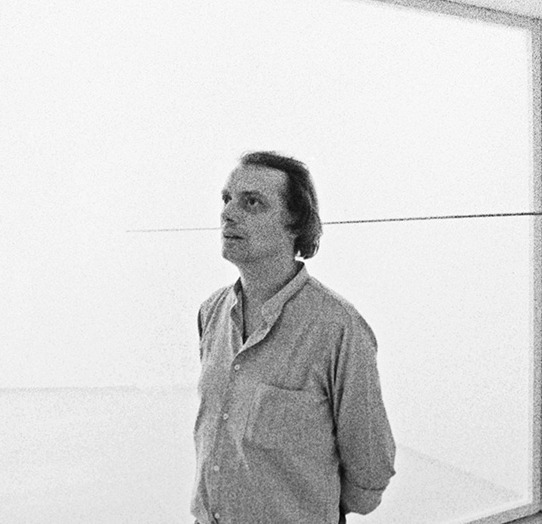
Luciano Fabro
Luciano Fabro (1936-2007), a prominent figure in the realm of post-war Italian art and a key advocate of the influential Arte Povera movement, is celebrated for his groundbreaking approach. His radical artistic practice redefined the concept of sculptural form through a rigorous approach to spatial context, material, and meaning.
Luciano Fabro's Art Style
Emerging during the latter half of the 20th century, Fabro, alongside contemporaries like Michelangelo Pistoletto and Giulio Paolini, drew inspiration from visionary artists such as Lucio Fontana and Piero Manzoni, who had pioneered innovative approaches to art creation. Fabro employed a wide range of both traditional and unconventional artistic materials and techniques, offering a direct engagement with media that challenged established artistic conventions and liberated it from expected symbolic representations. Among his most renowned bodies of work are the "Piedi" (Feet), intricate sculptures in bronze or glass swathed in silk, and the "Italia" (Italy) series, which explored the contours of his native country through various mediums.
Fabro played a central role in expanding and redefining the boundaries of sculpture. His early theoretical works focused on framing space with spare and elegant simplicity, inviting viewers to engage in a participatory experience where sensibility and observation became intertwined. The minimalistic design and craftsmanship of his initial creations encapsulated the experimental poetry that would come to define the conceptual innovation of his career. This diligent exploration of the language of form and space is extensively documented in Fabro's works, shedding light on the theoretical and artistic philosophies that guided his practice from its inception to its conclusion.
Years:
Born in 1935
Country:
Italy, Turin
Gallery: